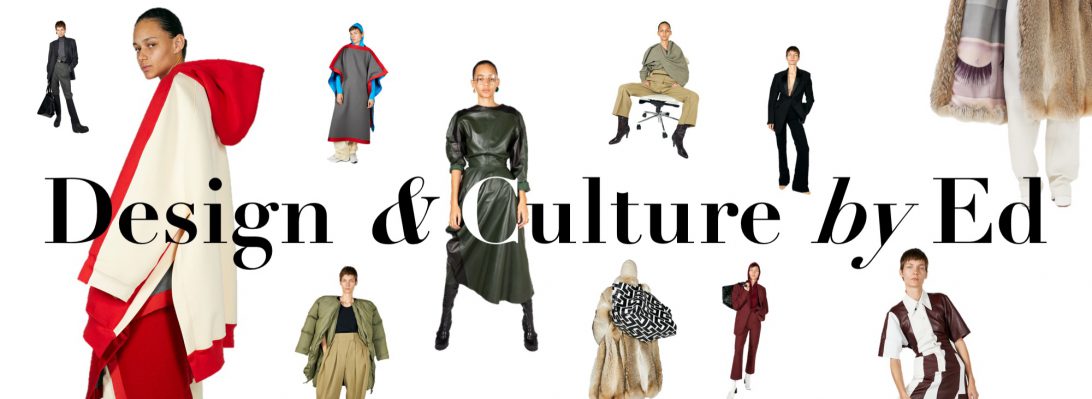We are in Paris, baby! Paris Fashion Week started with a bang, all thanks to Saint Laurent which returned to the usual schedule. There was a magical moment towards the end of the spring-summer 2022 show when Anthony Vaccarello’s towering waterfall structure rained softly on his guests’ faces as the last models made their way off the runway to Zimmz’s entrancing “Eclipse”, the Eiffel Tower twinkling in the distance. “I was kind of sick of listening to all those people talking about the future of fashion. For me, we just had to switch off. That was it,” Vaccarello said before the show, recalling his early lockdown decision to leave the Paris schedule. “I knew that once the pandemic would become a little bit better, it would be impossible to totally change this way of showing. It’s part of fashion.” Picking up where he left off – the autumn-winter 2020 latex collection that hardly needs a recap – Vaccarello put his softer, more pragmatic collections of the lockdown period behind him, and forged ahead with the look he believes in for a 2020s wardrobe. “For me, this collection is the continuation of the latex collection: it’s a style that I want to establish,” he told Vogue. “The latex collection was a liberating collection for me. I was feeling free. I didn’t have anything to prove to anyone else about what I was able to do for Saint Laurent. I relate that collection to the Scandal collection of Paloma.” The collection in question was Yves Saint Laurent’s 1971 tribute to Paloma Picasso, who wasn’t one of his most famous muses but one of the most influential ones, nonetheless. “Pierre Bergé told me that Paloma Picasso was the only woman who inspired a collection for Yves Saint Laurent,” Vaccarello said. We tend to always talk about Betty Catroux and Catherine Deneuve, but Paloma was the only one who really changed Yves Saint Laurent’s perception of fashion, Vaccarello explained. “Before, he was really into couture – really into this cute, very perfect silhouette – and when he met her, with her huge red lips, dressed in vintage, she was really new for him. It changed his own style. In my mind, I want to have the same change after the pandemic.” His instinct made for a spirited collection that amplified the signatures of Picasso’s look. The shoulders of jackets broadened into rigorous silhouettes, the necklines and slits of dresses grew closer together, and leggings and jumpsuits – some wrapped glamorously around the contours of the body – proposed a new take on eveningwear for the post-pandemic decade. Curiously, in a scantily clad season that’s coined the “new sexy”, Vaccarello’s collection was decidedly covered-up for a Vaccarello collection – something the skin-tightness of it all balanced back into sensual territory. What does a designer known for legs and miniskirts make of this “new sexy”? “I hate the sexy I see. It looks like the sexy I did 10 years ago,” he quipped. “Everyone can do sexy, but for me it’s about assuming what you are, not trying to seduce others. It’s being confident in what you are. Paloma is very sexual but not the kind of woman you want to mess with. You wouldn’t bother her in the street, for example.” Perhaps that was Vaccarello’s 1990s sensibility talking: the mindset of a boy raised on the sophistication of supermodels, immaculate music videos, and an approach to sex that felt a lot more intelligent than that of the 2000s, a decade many designers are referencing this season.
Collage by Edward Kanarecki.









